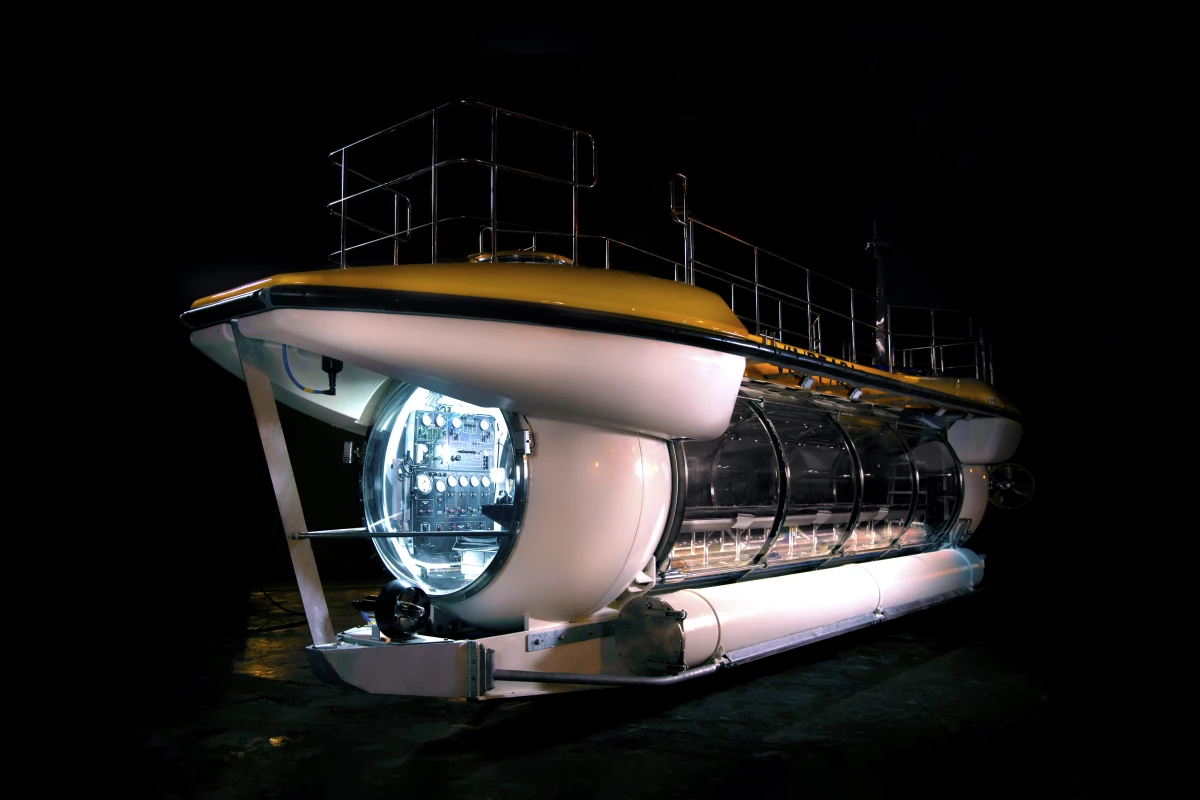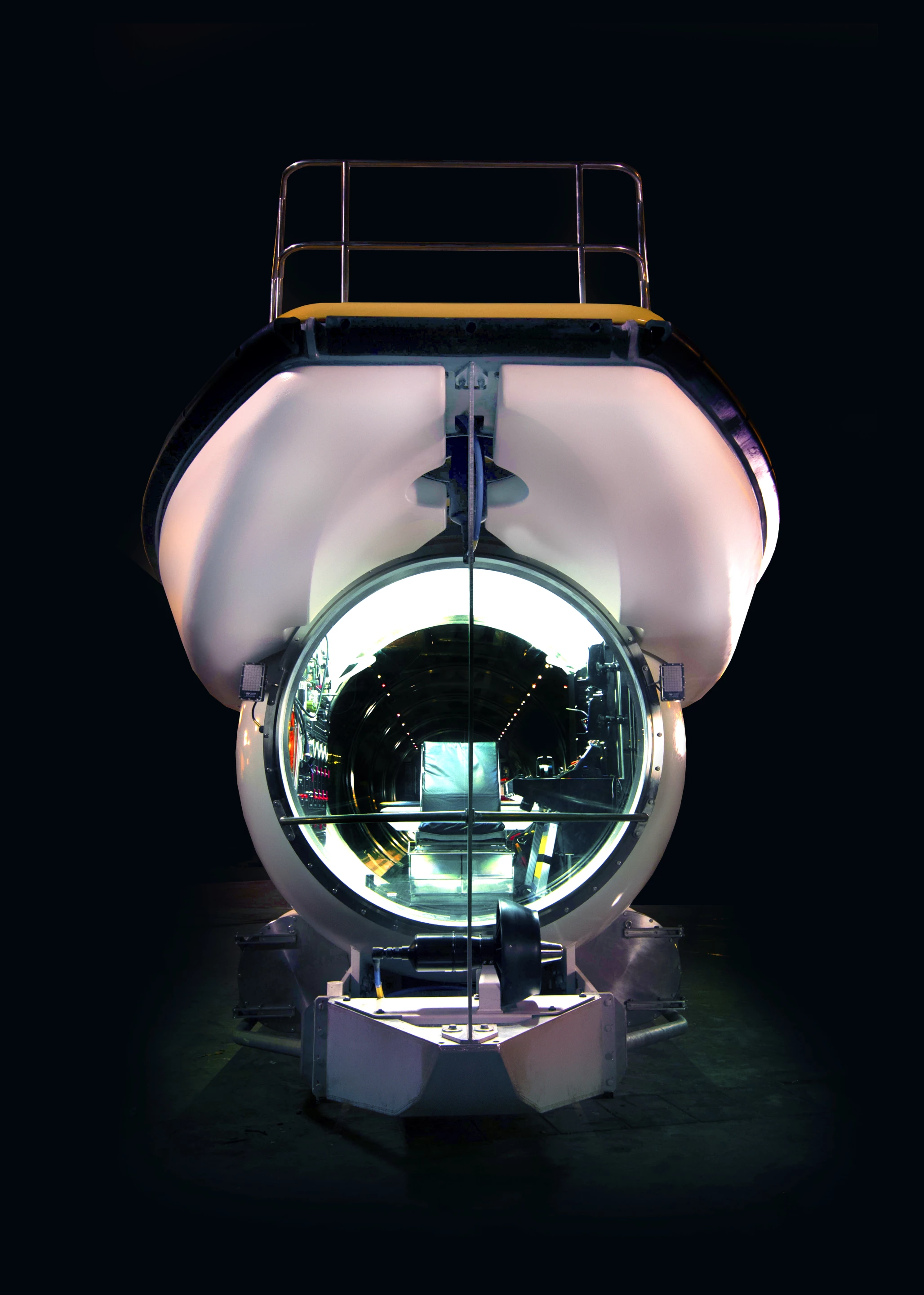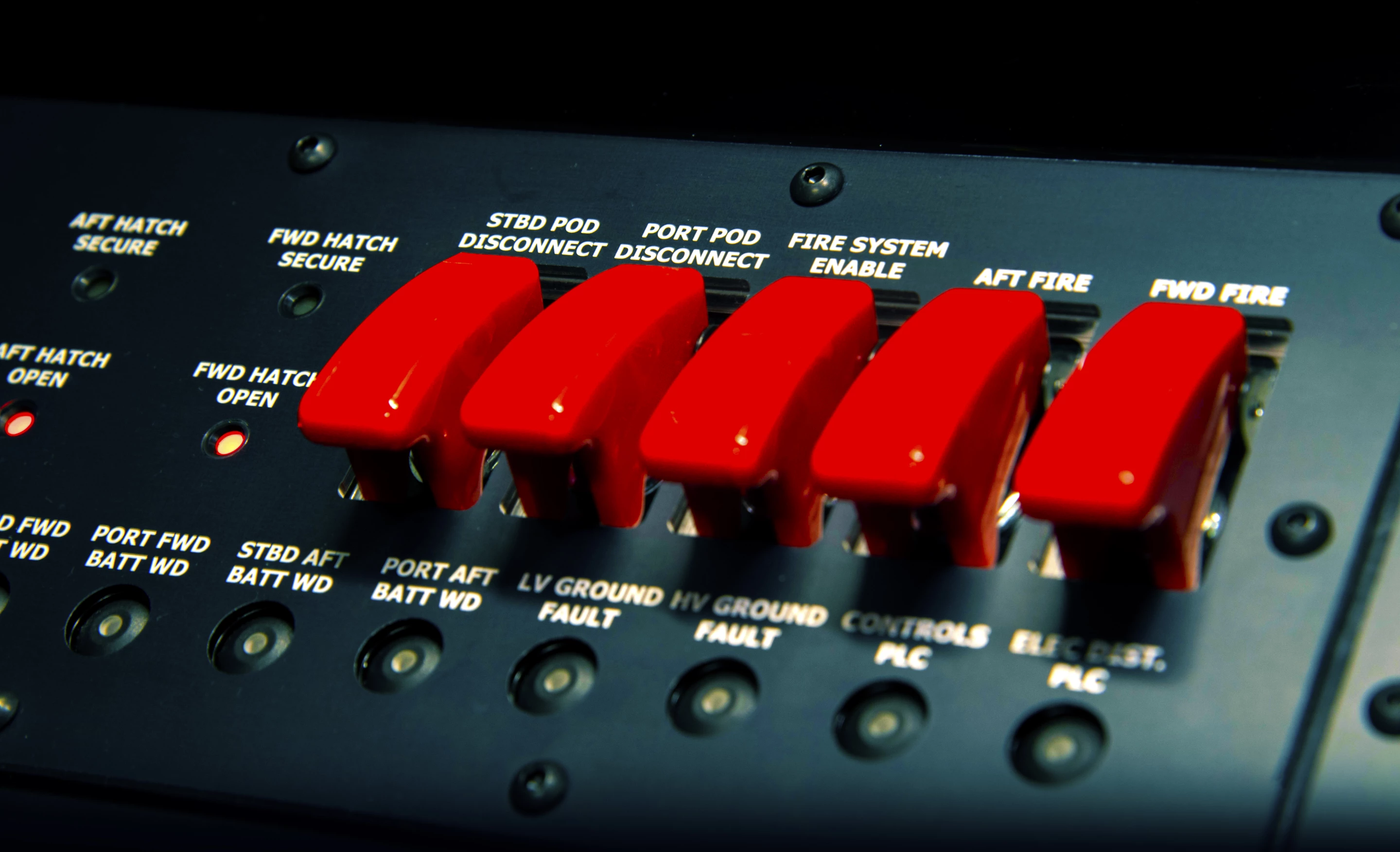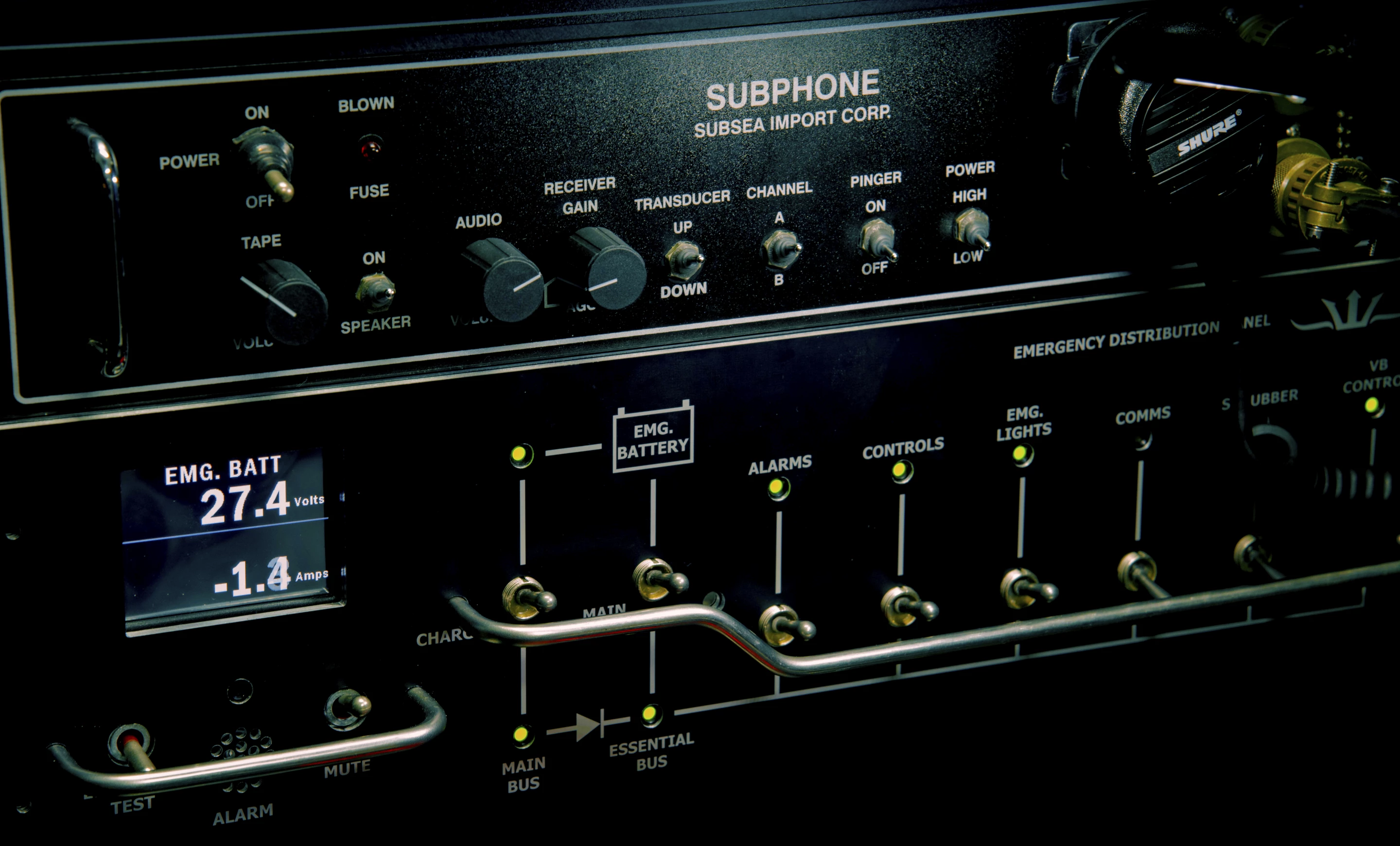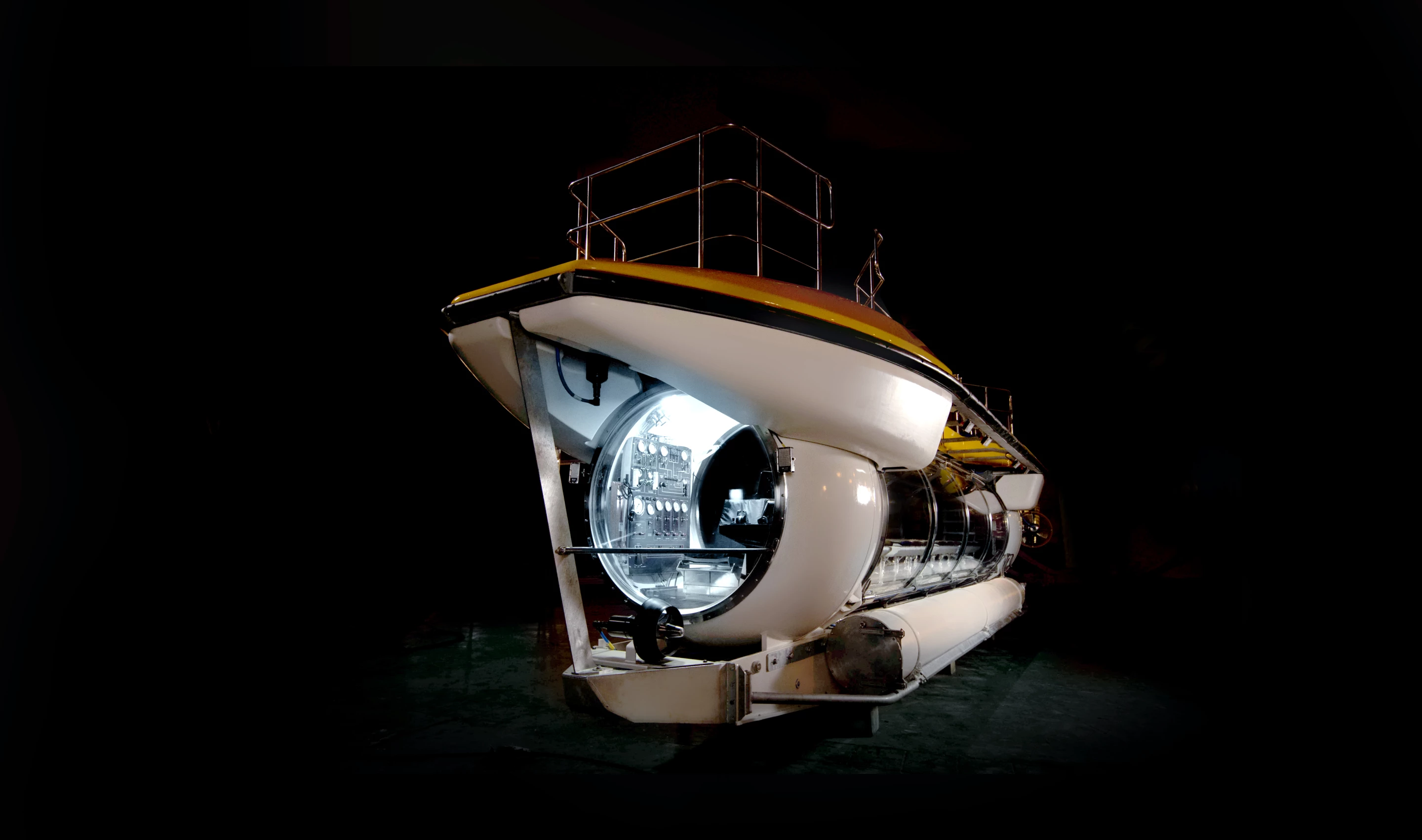Triton submarines is the biggest name in deep-sea exploration submersibles, having built the extraordinary DSV Limiting Factor, a "deep-sea elevator" capable of popping down to the bottom of the Mariana Trench several times a week for extended visits.
Now, the company has launched an incredible-looking tourist sub that can take 24 passengers, a pilot and a co-pilot down to 100-meter (328-ft) depths in air-conditioned comfort, providing panoramic views of the aquatic world through colossal 5.5-inch-thick (140-mm) acrylic windows. Where other subs offer restricted views, this thing is very close to a giant transparent tube, like a glass walkway through an aquarium, tall enough to stand in.
The DeepView 24 is the first of a range of DeepView tourist submarines that can be specified in different lengths to accommodate between 12 and 66 passengers. Additional sections can be added six seats at a time; with the 24-seat version already 15.4 m (50.5 ft) in length and weighing 121,250 lb (55,000 kg), a 66-seater would certainly be a sight to behold and a pain in the butt to pull a u-turn in.
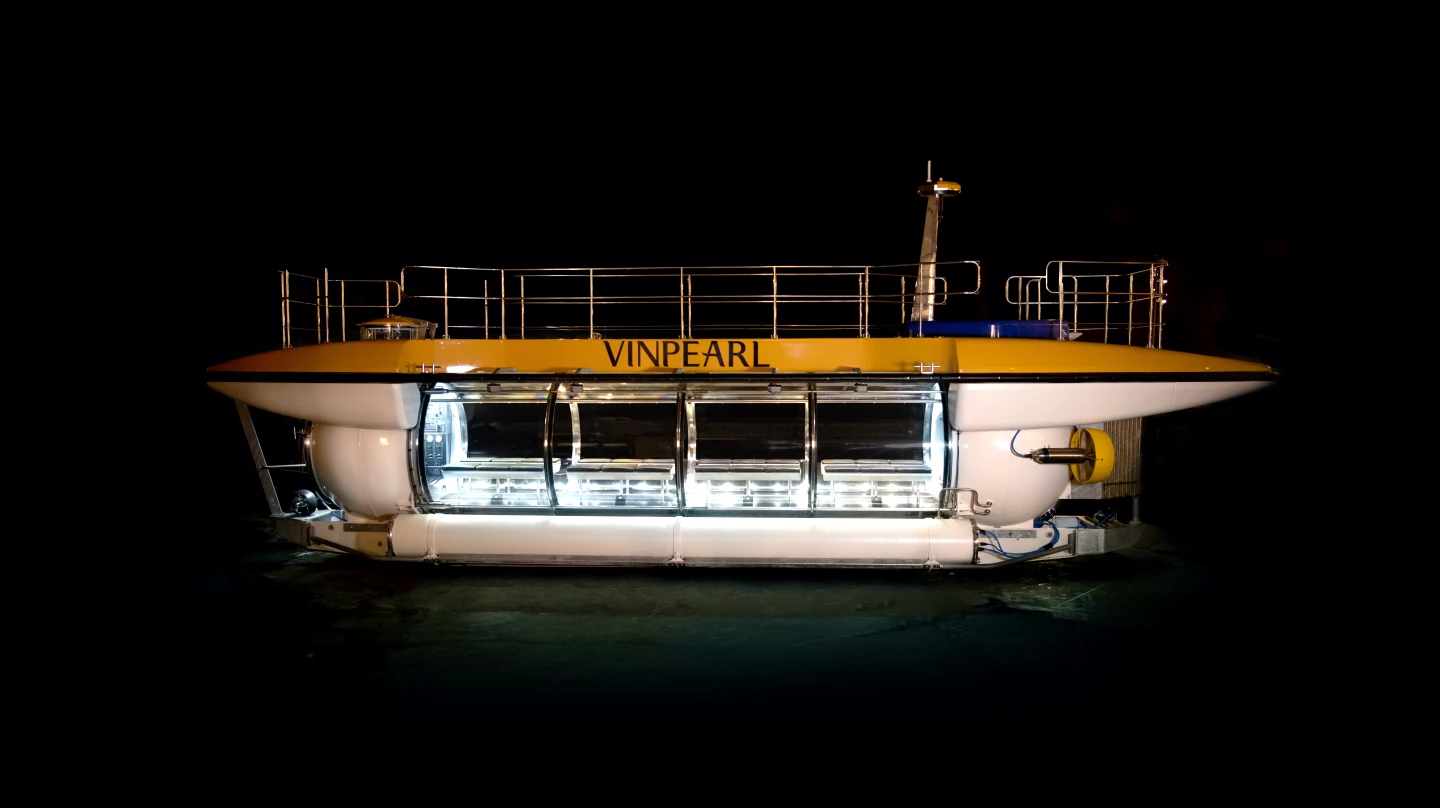
Unlike the Deepflight Dragon 2-seater, which operates more or less like an upside-down underwater quadcopter and maintains positive buoyancy so it'll float to the surface if the power cuts out, the DeepView uses nearly 4,000 lb (1,800 kg) of variable ballast in addition to 8,820 lb (4,000 kg) of fixed main ballast to control rise and fall.
Propulsion and steering are electric, and the work of two 20-kW (27-hp) main thrusters and four 12.6-kW (17-hp) Vertran thrusters. A big ol' lead-acid battery stores 240 kWh of energy; submarines are an interesting case in which energy density is more or less irrelevant since you need plenty of ballast on board, and lead-acid is significantly cheaper than lithium to boot.
That battery is good for a full 14 hours of underwater tourism, with top speeds of 3 knots (3.5 mph/5.5 km/h). And if things get a little dark as you head a few hundred feet down, ten 20,000-lumen LEDs will light up the depths beautifully.
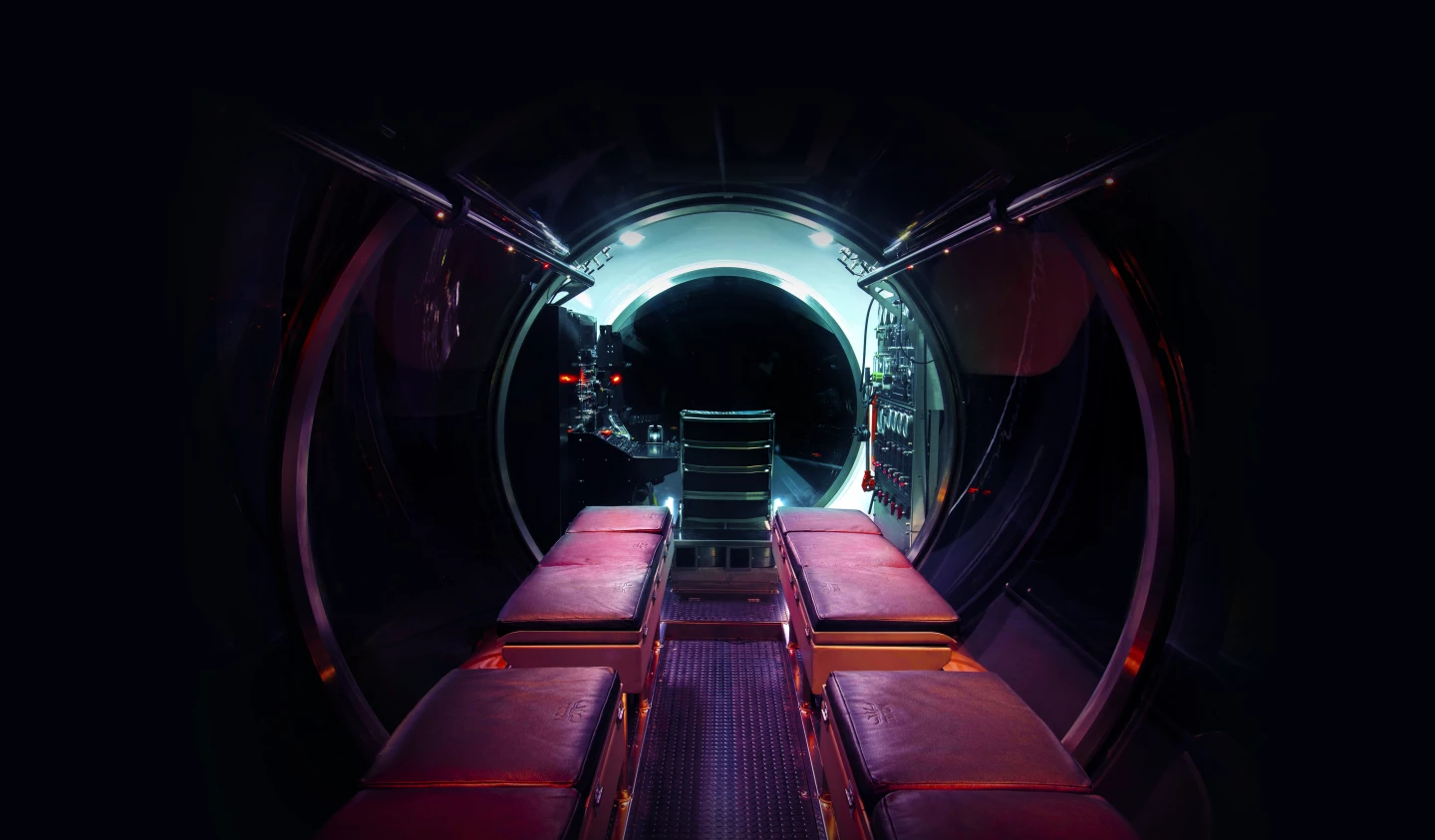
The cabin looks like it means business, with screens and radios and rows of serious-looking red switches, but at the end of the day, the pilot drives the thing with a joystick and touchscreen. There are manual overrides in case of malfunction, and the whole thing is certified to International Classification Standards by DNV-GL.
It's designed to float steady on the surface, where passengers can stand on a railed-in deck, and you won't have to be shaped like a submariner to get in the thing either, as it's got a "generous access hatch" suitable for "passengers with reduced mobility."
Triton built this DeepView 24 for Vinpearl, a luxury hotel and resort chain in Vietnam that will start making ticketed dives in December this year off Hon Tre island in Nha Trang. Triton says it's a "quantum leap" forward from every other tourist sub built in the last 34 years – of which where have been less than 60 – and "competitively superior in all respects." To look at it, we don't doubt it. This looks like by far the comfiest and most immersive way to explore the sea floor that we've ever seen.
Source: Triton Submarines
